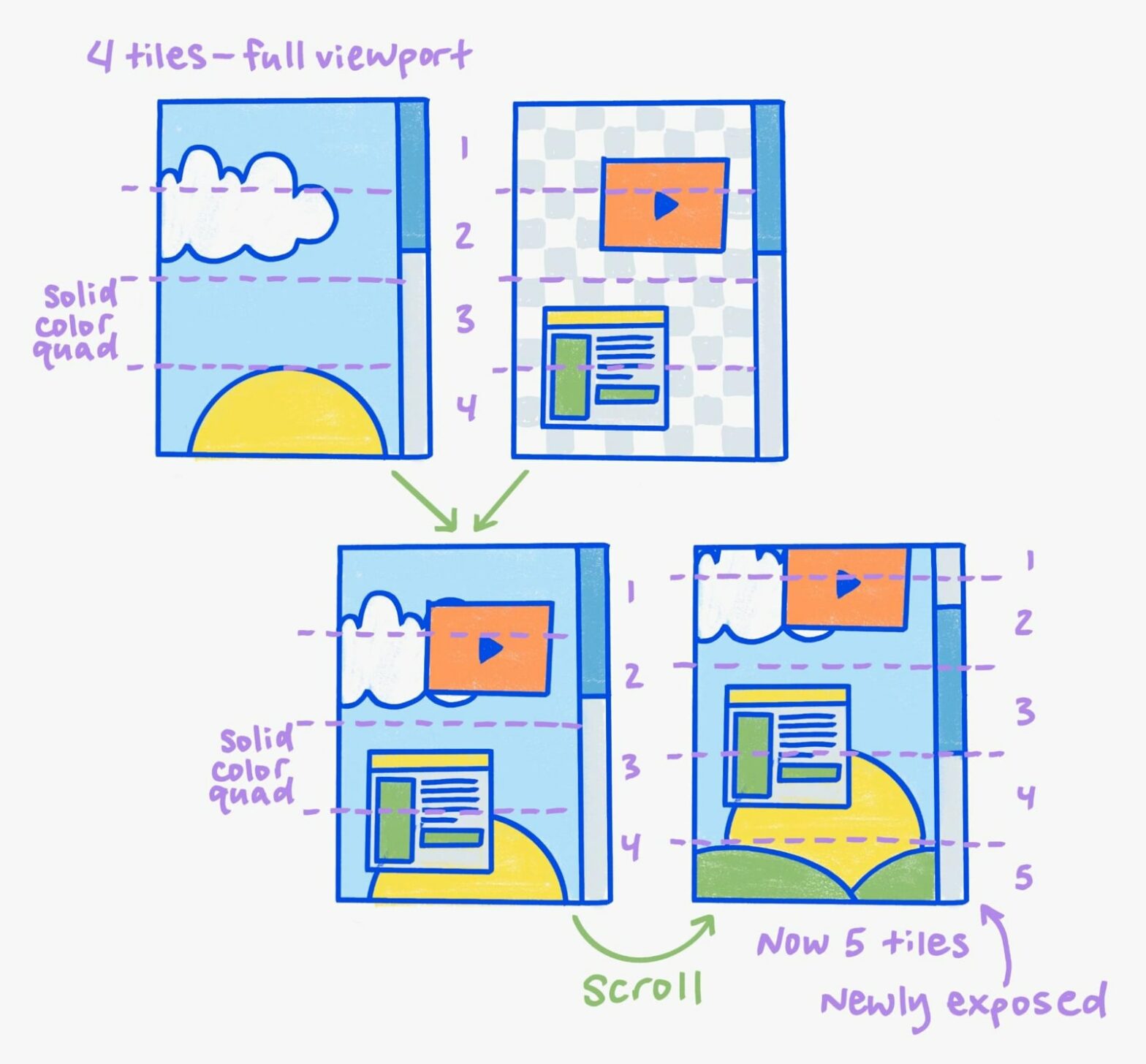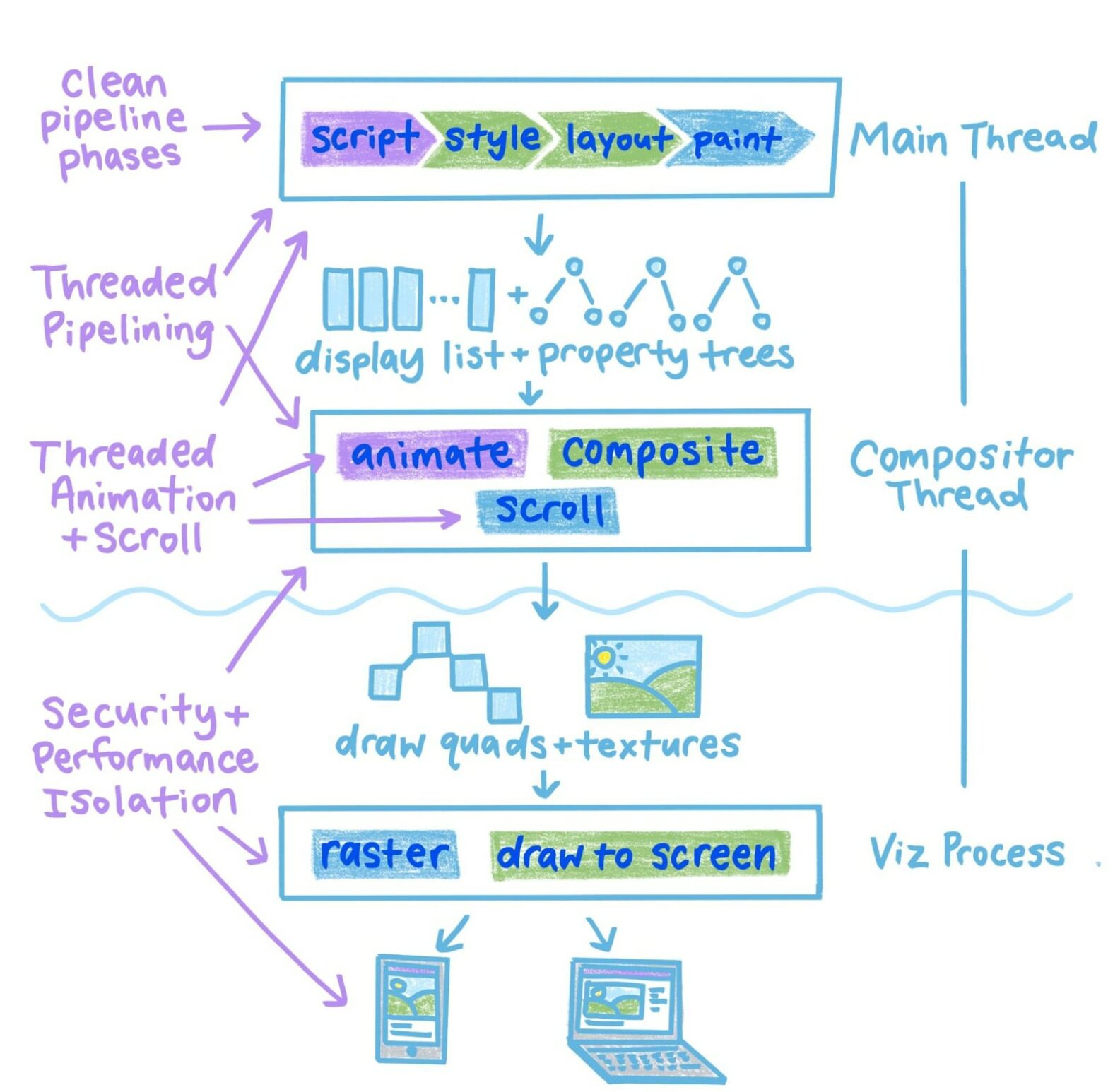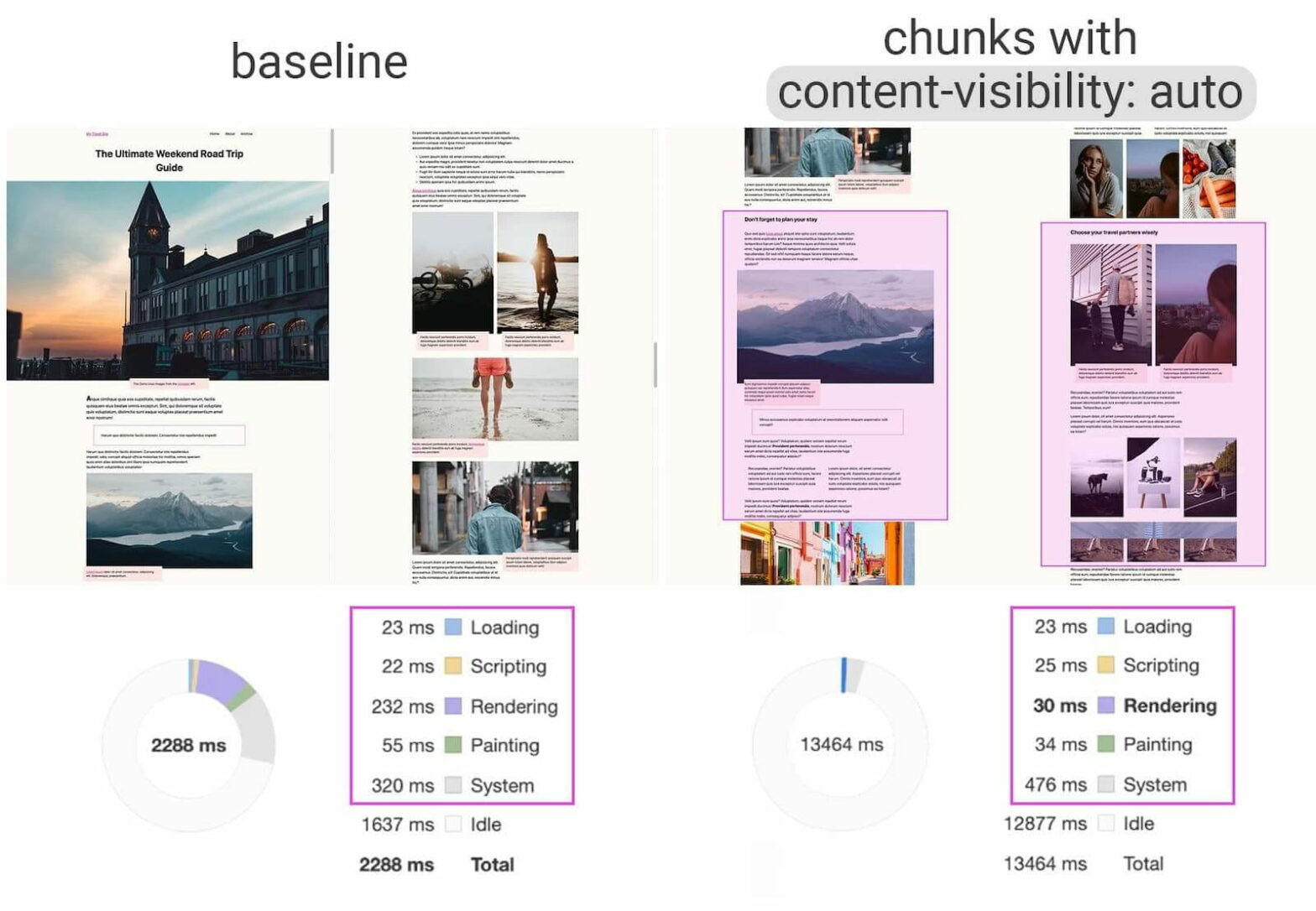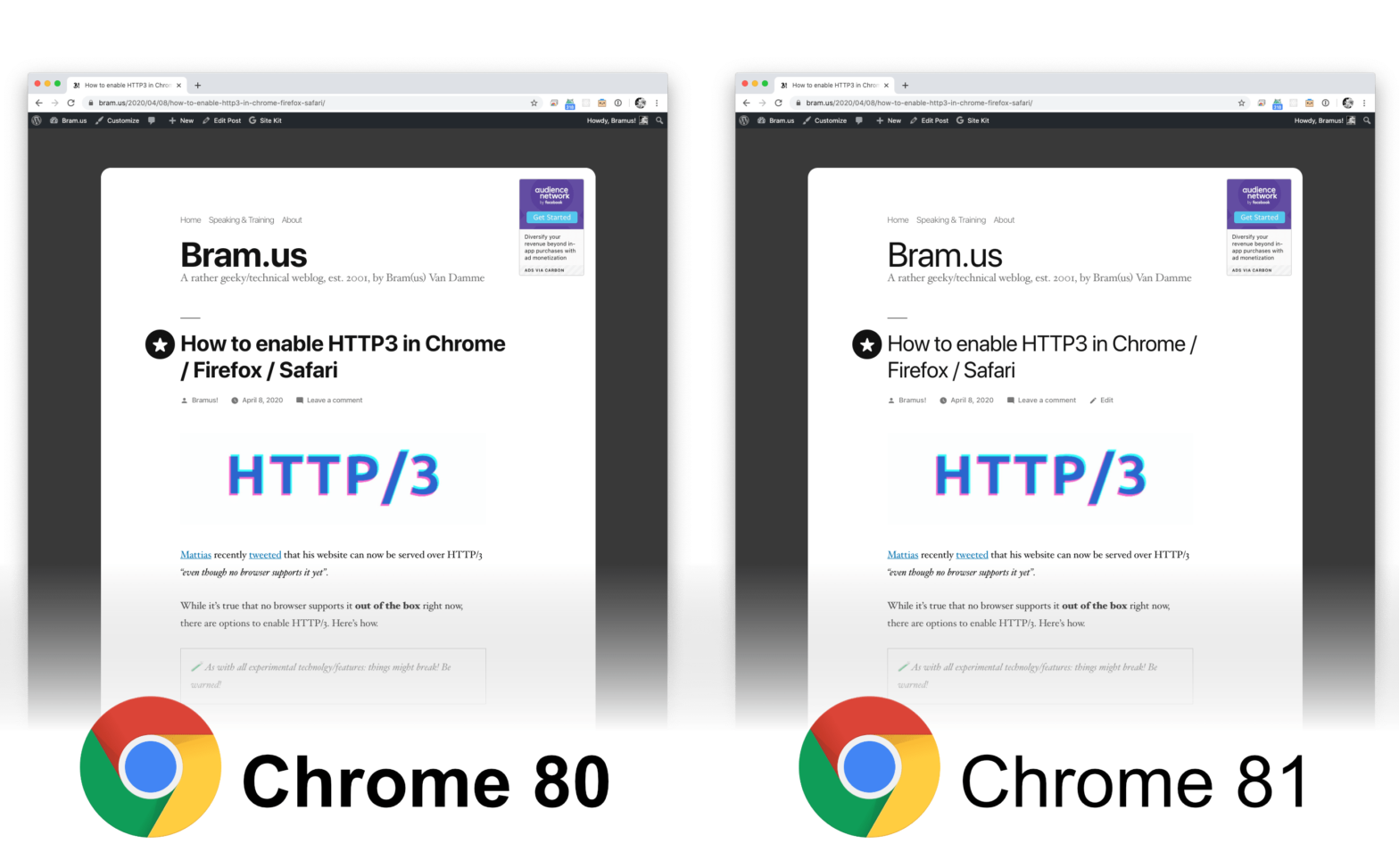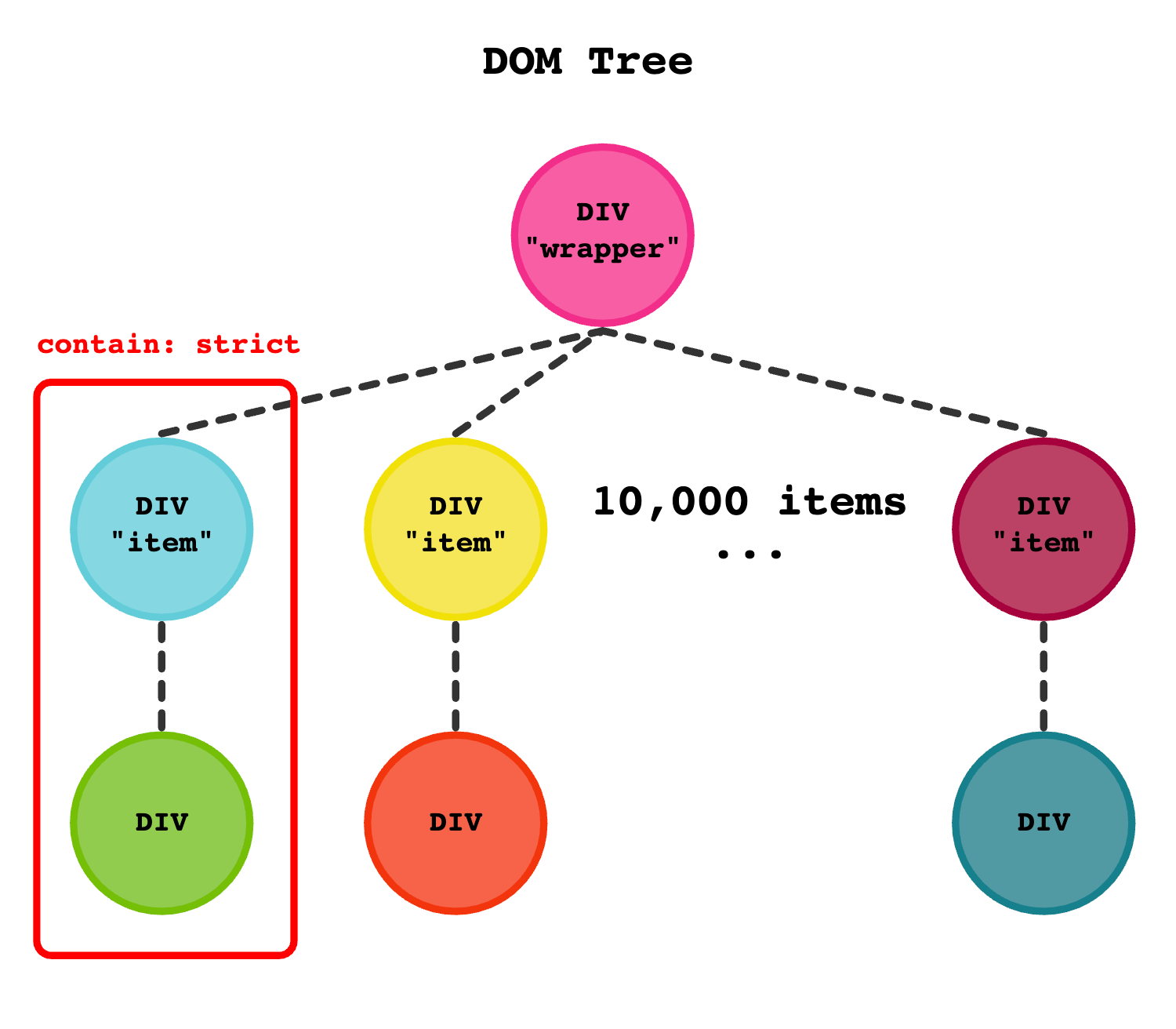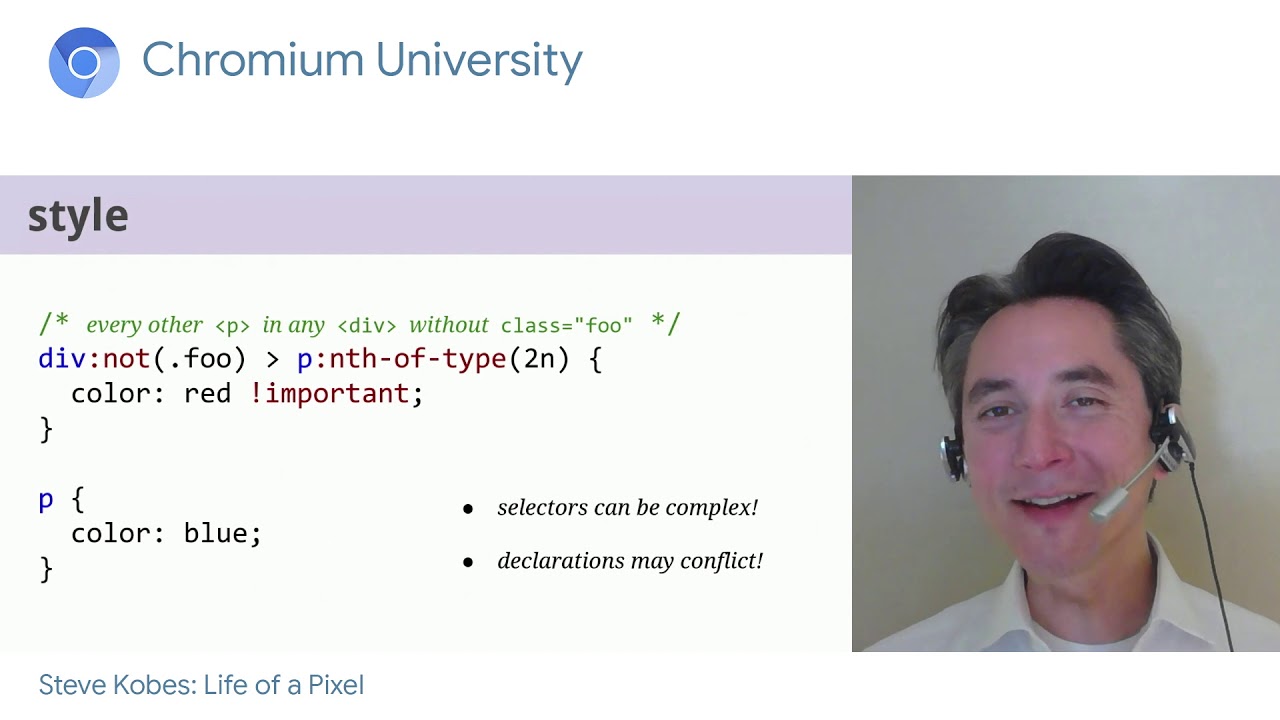
Interesting talk from “Chromium University 2020”, digging into Chrome’s Rendering Pipeline. A tour of the internals of Chromium’s rendering architecture, tracing the steps in the pipeline from web content to display pixels. Concretizes high-level concepts with pointers to important classes and data structures in the codebase While the main concepts — such as a Main …

